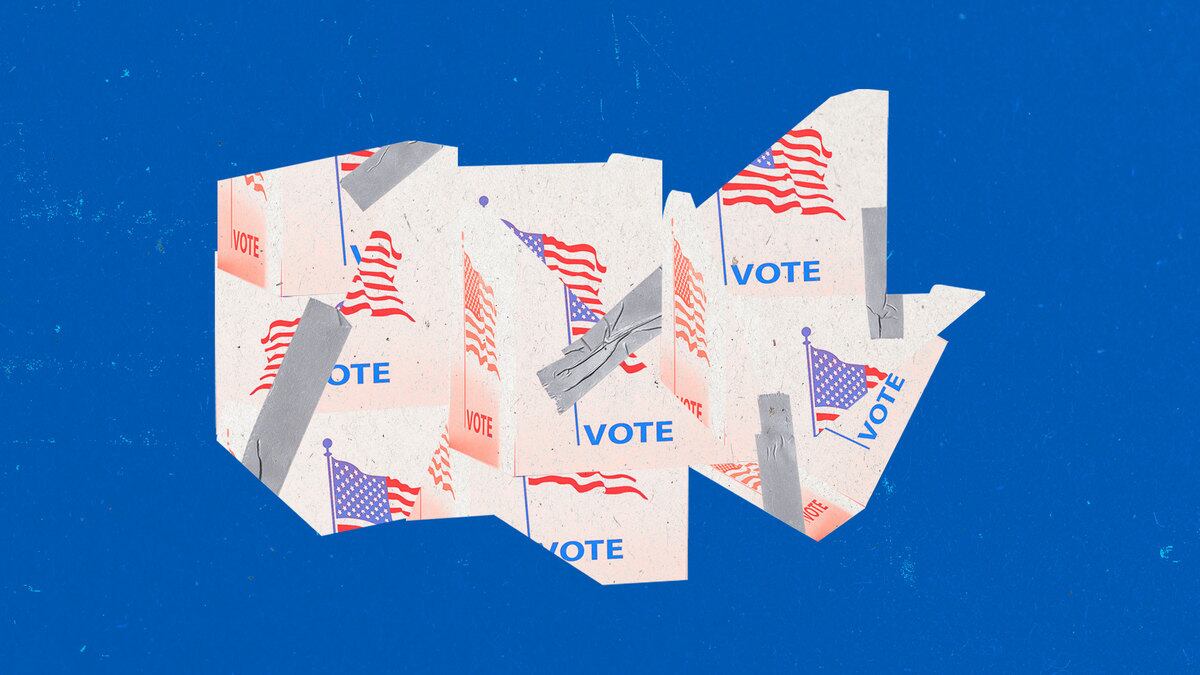Election infrastructure is critical national security infrastructure—we just don’t fund it that way.
In 2017, the Department of Homeland Security (DHS) designated election infrastructure as “part of the existing Government Facilities critical infrastructure sector.” DHS noted that election infrastructure “is vital to our national interests, and cyberattacks on this country are becoming more sophisticated, and bad cyber actors—ranging from nation-states, cybercriminals and hacktivists—are becoming more sophisticated and dangerous.”
Unfortunately, public funding for election administration has been inconsistent, and when it actually does come, it’s been insufficient.
Only three times since 2010 has Congress appropriated funding that included local election departments: In 2018 and 2020, Congress appropriated $380 million and $425 million respectively in Help America Vote Act (HAVA) Election Security Funds. It also allocated an additional $400 million in emergency 2020 election support funding through the CARES Act.
The latest consideration is the modernization of the Electoral Count Act, which is more than a century old.
The Act has been criticized since its passing for being arcane, complex, and vague—and for allowing Congress to object to Electoral College results submitted by states.
The technology we use to count votes is different now than it was in 1887, but one thing that hasn’t changed is that local election departments still need resources to run safe, inclusive, and secure elections. And that requires Congress.
Between the bipartisan efforts to reform the Electoral Count Act and Democratic efforts to protect the right to vote, now is the perfect time to invest in resources for local elections to run securely. Such investments would protect local election autonomy and integrity—providing more resources to invest in what voters need while also complying with existing federal laws like the Voting Rights Act—and provide an opportunity for everyone to exercise their civic duty without unnecessary complications.
We know firsthand how much a lack of stable public funding can make life harder for local election departments. Over the last two years, we’ve heard from 2,500 local election departments about their funding gaps and needs during the 2020 election.
Some of the stories coming from small rural jurisdictions make clear that they have often gone years without significant public investment. Some reported that they were able to use grants as small as $5,000 in the 2020 election to pay for basic improvements. It might seem hard to believe, but $5,000 can actually go a long way. Five grand paid for some districts’ first-ever “Vote Here” signs, additional poll workers, and new tabulators to replace machines that were over 100 years old—some literally held together with duct tape.
In the absence of stable and regular federal funding, local election officials can neither build budgets to patch or replace the equipment that they have, nor can they plan for the staffing and technology necessary to build a more secure and voter-focused office.
Now is the perfect time for Congress to rectify this issue, catch up with the designation from DHS, and set our local election officials up for success.
For too long, public funding has lagged on this critical issue. A recent report from the Massachusetts Institute of Technology found “[the] current level of spending puts elections at near the bottom of spending for public services, ranking approximately the same levels as spending by local governments to maintain parking facilities.”
Whatever happens with the Electoral Count Act, state and local election officials need the resources to be successful. Congress should take a leadership role and fund just $20 billion over 10 years to make our election systems more secure and improve voter confidence in elections. It would be just a fraction of the current costs of legislation being considered by both chambers.
Thankfully, there is bipartisan support for improving how we fund local election departments. New Data for Progress polling finds that a clear majority of Americans—74 percent—support investing in election infrastructure. This includes almost three out of every four Republicans surveyed.
A democracy literally held together by duct tape is a democracy that’s in trouble. Despite the sorry state of affairs, our local election officials delivered the most secure, accurate and inclusive election ever in 2020. Let’s not ask them to repeat that feat without more resources this time around—we need congressional action to modernize our elections today.







